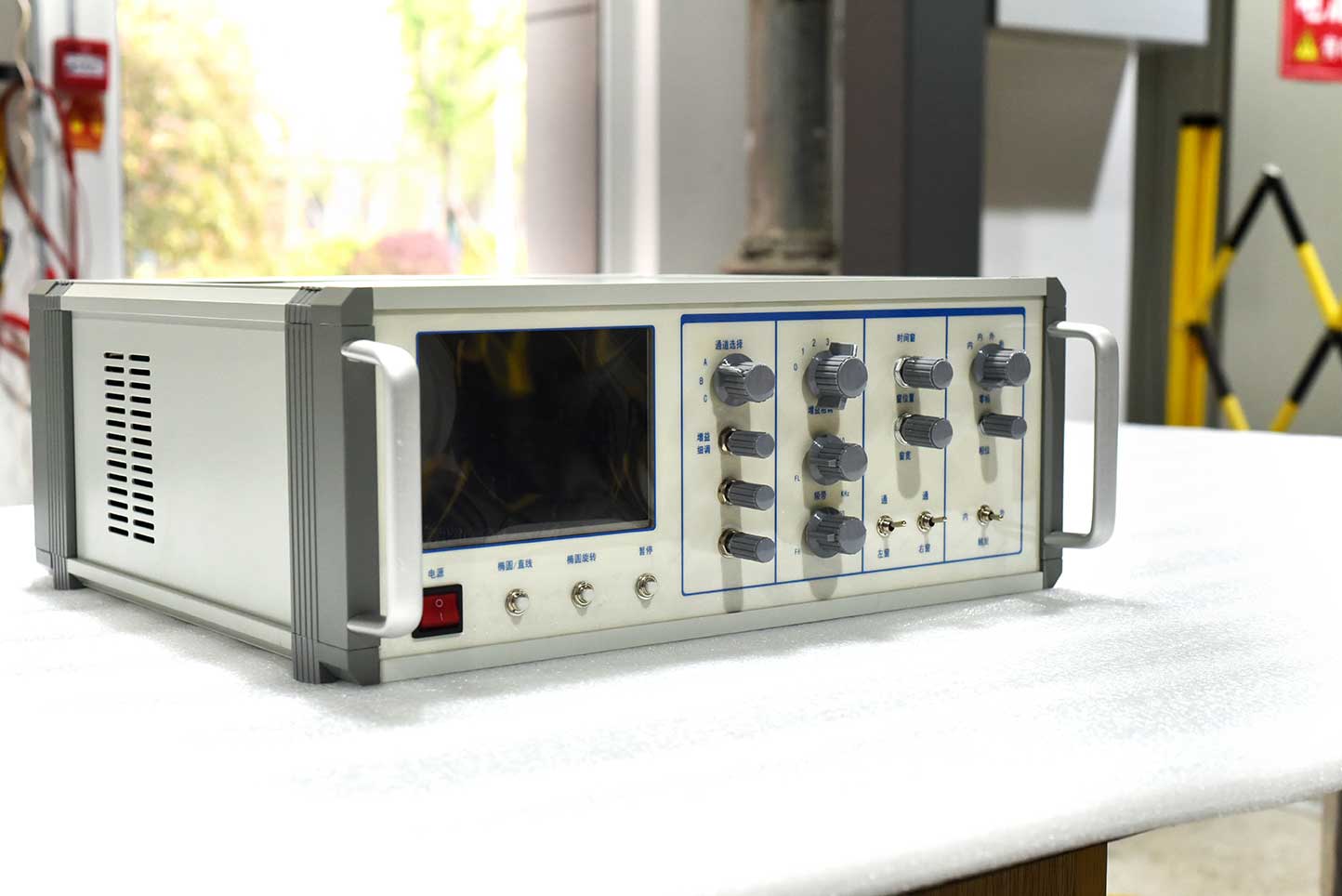The calibration specifications for partial discharge detectors usually include the following steps and key points:
1. Preparation stage:
Ensure that the detector is installed and in good working condition.
Choose a suitable calibration environment to avoid external interference.
Prepare the necessary equipment and standards for calibration, such as calibrating pulse generators, oscilloscopes, etc.
2. Connect calibration equipment:
Connect the calibration pulse generator to the input of the partial discharge detector.
Ensure correct and secure connections to avoid signal loss or interference.
3. Set calibration parameters:
Set the corresponding parameters of the detector according to the parameters of the calibrated pulse generator, such as voltage, frequency, gain, etc.
Ensure that the parameter settings are correct in order to obtain accurate calibration results.
4. Perform calibration:
Start the calibration pulse generator and send a pulse signal with a known amount of charge.
Observe the response of the detector, such as waveform, amplitude, phase, etc.
Adjust the parameters of the detector according to the response results to ensure that its output is consistent with the calibration pulse signal.
5. Record calibration results:
Record the parameters and response results during the calibration process.
Compare the calibration results with the standard values to determine if the detector is qualified.
6. Complete calibration:
If the detector is qualified, the calibration process is completed.
If the detector is not qualified, it needs to be repaired or adjusted, and recalibrated.
In addition, there are some things to pay attention to:
Before calibration, carefully read the user manual and calibration specifications of the detector to understand the calibration methods and steps.
During the calibration process, safety operating procedures should be followed to ensure the safety of personnel and equipment.
Calibration should be carried out regularly to ensure the accuracy and reliability of the detector.
If the detector is not used for a long time or malfunctions, it should be recalibrated.
The specific calibration specifications may vary depending on different detector models and manufacturers, so in actual operation, specific user manuals and calibration specifications should be referred to.

ZC-254B partial discharge detector is a new digital liquid crystal display partial discharge detector developed by our company to solve the problems of low brightness and short service life of the oscilloscope tube of the traditional partial discharge instrument.
The instrument has the advantages of high detection sensitivity of mature products, large sample capacitance coverage, wide range of applicable samples, complete input units (detection impedance) and multiple frequency band combinations (nine kinds). The operation, structure and installation form are fully compatible with previous models, which is convenient for the upgrading of existing system equipment.
Kvtester Electronics Technology Co.,Ltd. is a high-tech enterprise specializing in power testing, testing, research and development, production, and sales of testing equipment. It has been engaged in the electrical testing industry for many years, and its products are of high quality. We welcome customers to come and purchase. Service hotline: 0086-27-81778799, to learn more, visit the official website: www.kvtester.com





